Updated May 2019 – new flowers added!
I’ve been inspired this spring to get outside and learn more about Hvar’s plantlife. I see local folks using flowers and leaves in drinks, in cooking, as insect repellants, balms and of course to flavour various rakijas! At the same time, we’ve also been watching a wonderful Croatian TV series called Lovac na bilje, which is to say, The Plant Hunter. Each week, we watched Anton Rudan hike through glorious countryside, chatting to local experts and telling us about some of the special plants there and how they can be used. Fascinating stuff!
So for the last few weeks I’ve been diligently taking photos of as many flowers as I could find among the paths and byways, sometimes in fields or by the beach. And as part of my explorations, I’ve even had a go at painting some of them! My next step, of course, is to identify each one, and tag my photos with an official name in Latin, English and Croatian. As you’d expect, I’m finding that it’s easy enough to take photos, but much harder to track down the names!!
To start with, I’d photograph the flowers with a narrow depth of field, so the flower is sharply in focus, but the surrounding is nicely blurred. It really does make the flowers stand out beautifully. However… that essentially gives me no information at all about the rest of the plant which could have been really useful!
To help ID the flowers, I have a couple of books of plants of the Adriatic coast and islands (in Croatian), plus two iPad apps on wildflowers of Europe/UK, and online resources such as Wikipedia and Plantea.hr. What I’m learning, of course, is the infinite variety of plantlife, and the fact that the ones I’ve photographed don’t always look like the standard references! For example – a flower might be listed under a different colour, or be a radically different shape from that shown, as with this delicate candelabra which turns out to be a variant of a grape hyacinth!
It’s been a surprise to me how many of these wildflowers, that are basically scattered everywhere, turn out to have very familiar names – chicory, salsify, vetch, sage, borage, mallow, campion, sorrel, pyrethrum, and so on. Native Mediterranean plants, but long ago introduced further north for their medicinal and culinary properties. Now I know chicory root has been used as a coffee substitute for years, but I had no idea that it has such a lovely blue flower!
So here’s my reference table of the flowers, at least the ones I’ve identified so far. Disclaimer… while I have a reasonable confidence in most of the names for these plants, some are tentative and I’d be happy to hear from anyone who has a rather better grounding in botany! Click on the images for a bigger picture, and links go to wikipedia or plantea to find out more.
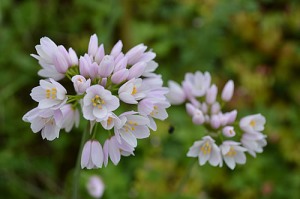 Allium roseum Rosy garlic Ružičasti luk White and pink versions exist. The pink flowers are a tasty garnish for salads.
|
||
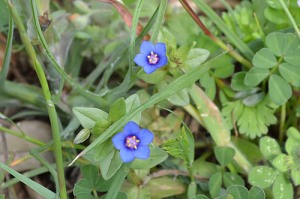 Analgallis arvensis Blue pimpernel Poljska Krivičica |
||
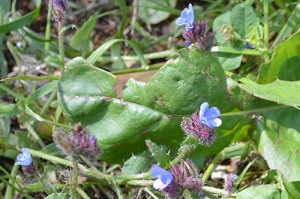 Anchusa arvenensis / officinalis Bugloss Volujak? Could not find an exact match for the hairy red buds, but appears to be a type of bugloss.
|
||
 Anemone hortensis Garden anemone Vrtna šumarica In flower February-April
|
||
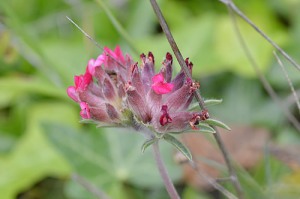 Anthyllis vulneraria L. subsp praepropera Pink kidney vetch / woundwort Ranjenik More usually yellow? Any plant with -wort as its English name indicates medicinal use.
|
||
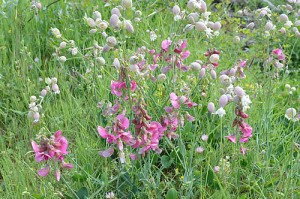 Antirrhinum majus Snapdragon Zijevalica |
||
 Arum italicum Italian lords-and-ladies Veliki kozlac Photographed in a Kastela vineyard
|
||
 Bituminaria bitumenosa Arabian pea or pitch trefoil Djeteljnjak |
||
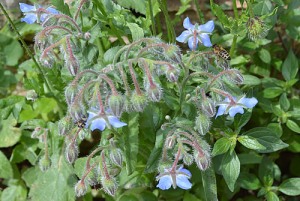 Borage officinalis Borage or starflower Boražina |
||
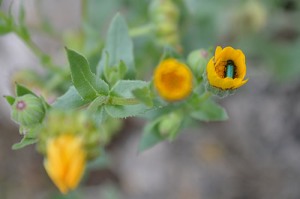 Calendula arvensis Field marigold Neven (calendula officinalis) Pretty green beetle in the flower!
|
||
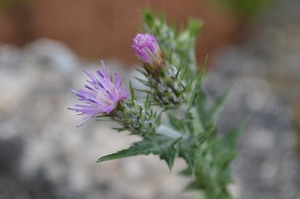 Carduus pycnocephalus Italian (plumeless) thistle Sitnoglavičasti stričak |
||
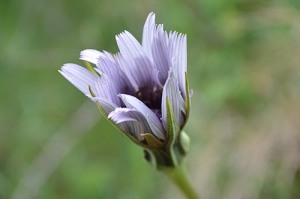 Cichorium intybus Chicory Cikorija Root is used in cooking and as substitute for coffee.
|
||
|
||
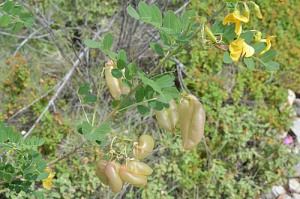 Colutea arborescens Bladdernut tree or bladder senna Drvolika pucalina More a shrub than a tree
|
||
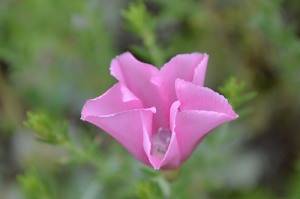 Convolvulus althaeoides Mallow bindweed Finodlakavi slak |
||
 Crocus biflorus Silvery crocus(?) šafran |
||
 Cyclamen repandum Spring sowbread Primorska ciklamaFlowers March – May |
||
 Cynoglossum creticum Blue hound’s tongue Grčki pasji jazik |
||
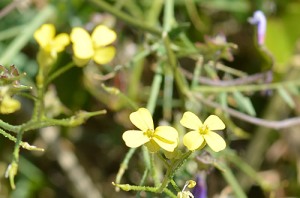 Diplotaxis tenuifolia Perennial wall-rocket Uskolisni dvoredac |
||
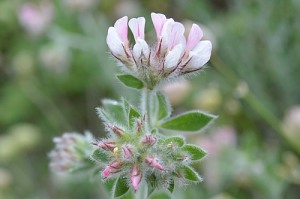 Dorycnium hirsutium (Hairy) canary clover Čupava bjeloglavica Love the name!
|
||
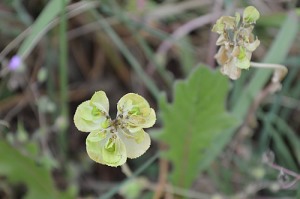 Euphorbia characias Mediterranean spurge Velika mlječika |
||
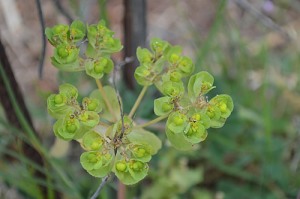 Euphorbia helioscopia Spurge Mlječika suncogled |
||
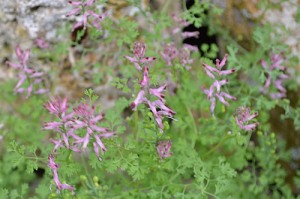 Fuminaria officinalis Fuminaria officinalisFumitory Dimnjača |
||
 Gladiolus Illyricus Wild Gladiolus or Illyrian sword-lily Ilirski Mačić |
||
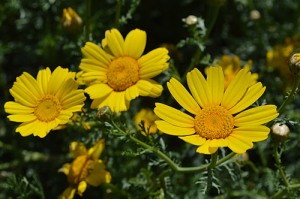 Glebionis coronaria Crown daisy Croatian name unknown |
||
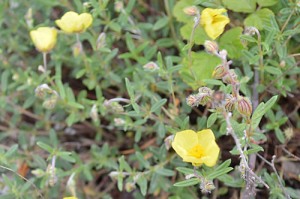 Helianthemum nummularium Common rock-rose Sunčanica |
||
 Hippocrepus comosa Horseshoe vetch Croatian not known |
||
 Hyacinth orientalis Common hyacinth ZumbulNot quite local, as these are more eastern Mediterranean, imported in the 16th century to gardens everywhere! |
||
 Lactuca perennis Blue lettuce Modra salata Photographed in Asseria, but also found on Hvar. Thanks to Norman of Life in a Dol house for his help in tracking it down!
|
||
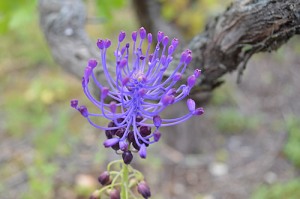 Leopoldia comosa or Muscari comosum Tassel hyacinth Kitnjasta presličica Two versions on the latin name. Related to grape hyacinth.
|
||
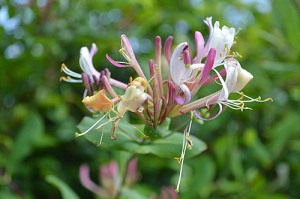 Lonicera implexa Aiton / caprifolium Honeysuckle Orlovi Nokti |
||
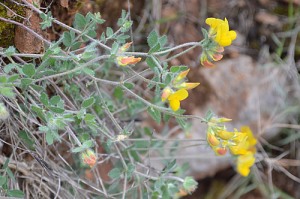 Lotus corniculatus Bird’s Foot Trefoil Svinđuša |
||
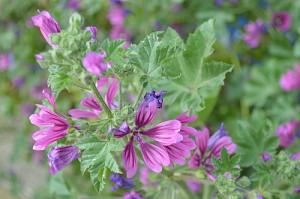 Malva sylvestris Mallow Crni sljez Photographed in Split
|
||
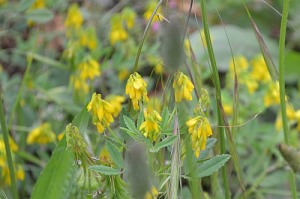 Melilotus officinalis Yellow sweet clover Žuti kokotac |
||
 Muscari neglectum Grape hyacinth Razgranjena presličica |
||
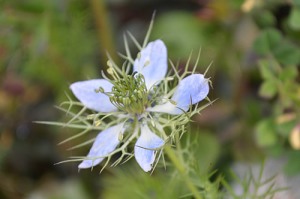 Nigella damascena Love-in-a-mist Crnjika Native to the Mediterranean, was already known in English cottage gardens in Tudor times.
|
||
 Orobanche alba Thyme Broomrape Bijeli Volovod Parasitic plants, have no leaves of their own, as they attach to other nearby plants for water and nutrients.
|
||
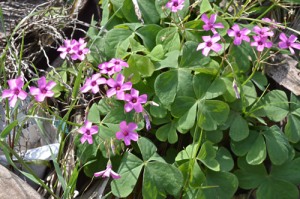 Oxalis articulata Pink sorrel Cecelj Native to S. America! Now widespread in Europe
|
||
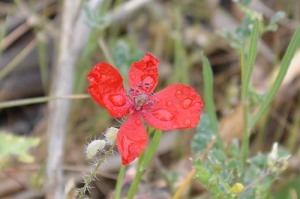 Papaver argemone Prickly poppy Mak Unusual, very tiny poppy seen in the hills.
|
||
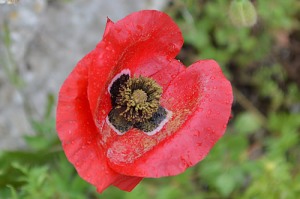 Papaver rhoeas Poppy Divlji mak Common poppy, seen everywhere!
|
||
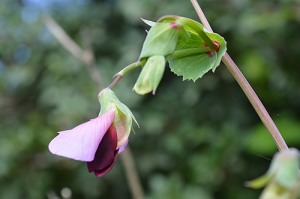 Pisum sativum Pea Grašak |
||
 Punica granatum Pomegranate Nar |
||
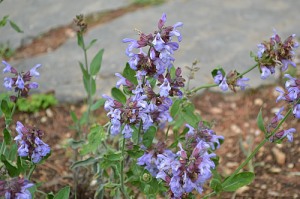 Salvia officinalis Sage Kadulja Makes a lovely cordial drink
|
||
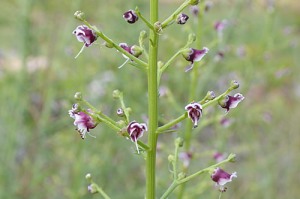 Scrophularia nodosa Figwort Čvorasti /Uskolisni strupnik |
||
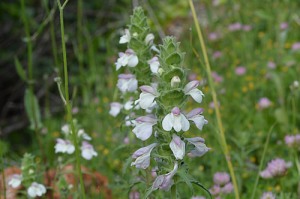 Sideritis romana Ironwort Sredozemni očist |
||
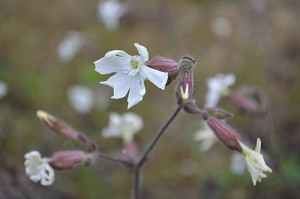 Silene latifolia White campion Pušina |
||
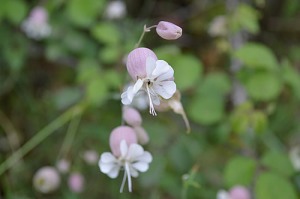 Silene vulgaris Bladder campion Pušina |
||
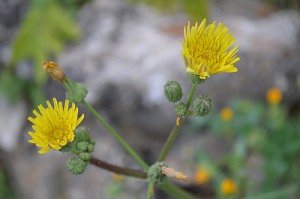 Sonchus asper Prickly sow-thistle Oštri kostriš |
||
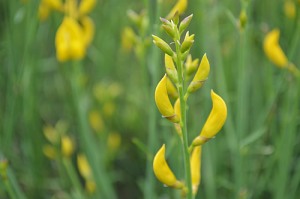 Spartium junceum Spanish broom Brnistra |
||
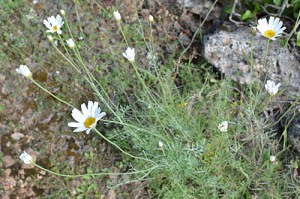 Tanacetum cinerariifolium Pyrethrum Buhač |
||
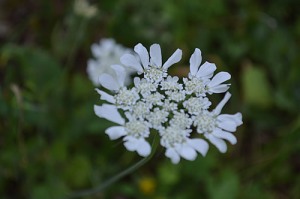 Tordylium apulium Mediterranean hartwort Apulijska orja šica |
||
 Tragopogon porrifolius Purple or common salsify Lukasta kozja brada |
||
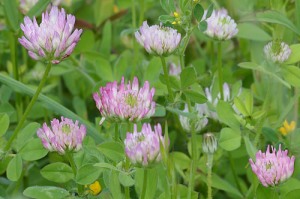 Trifolium Clover Djetelina |
||
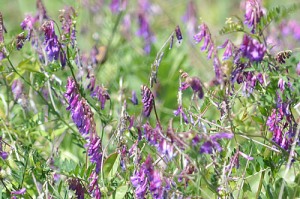 Vicia villosa Roth Hairy vetch Vlasastodlakava grahorica |
“Art is unquestionably one of the purest and highest elements in human happiness. It trains the mind through the eye, and the eye through the mind. As the sun colours flowers, so does art colour life.”
~ John Lubbock (1834-1913) The Pleasures of Life





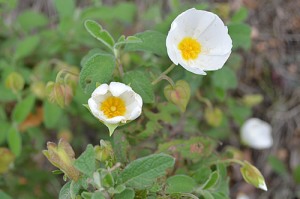



You must be logged in to post a comment.